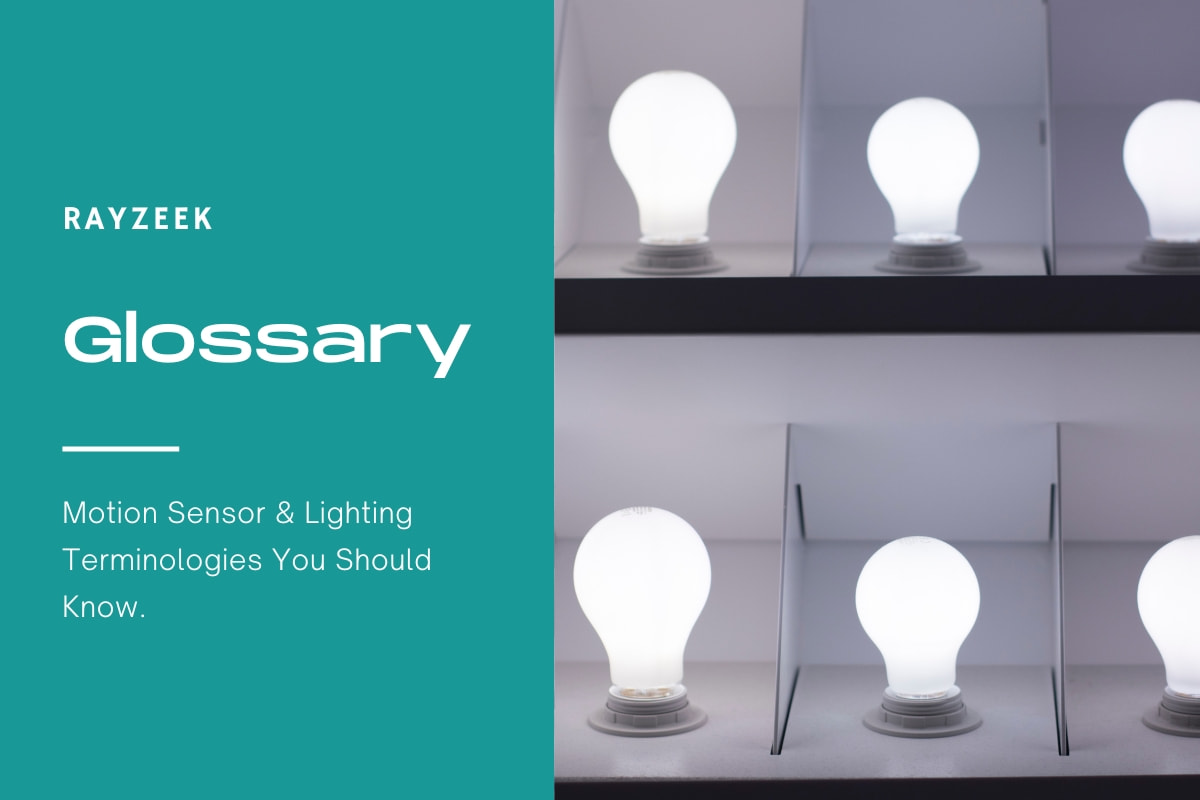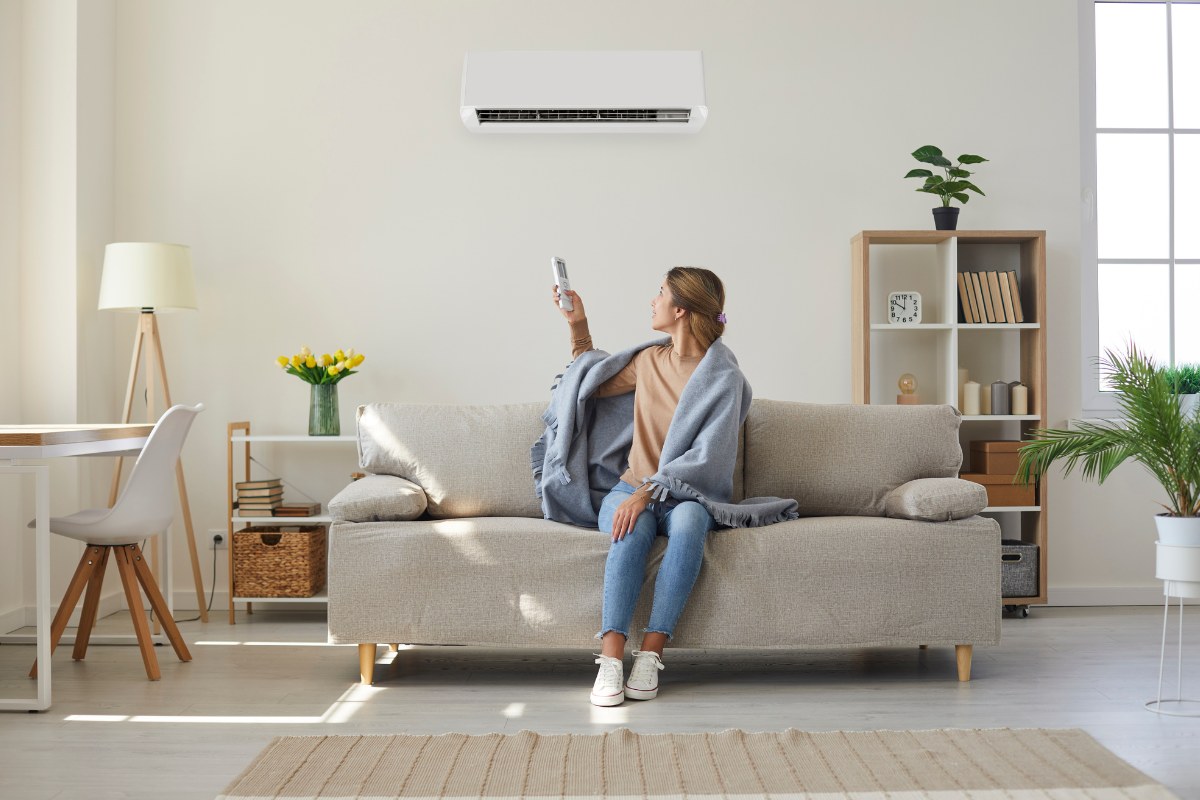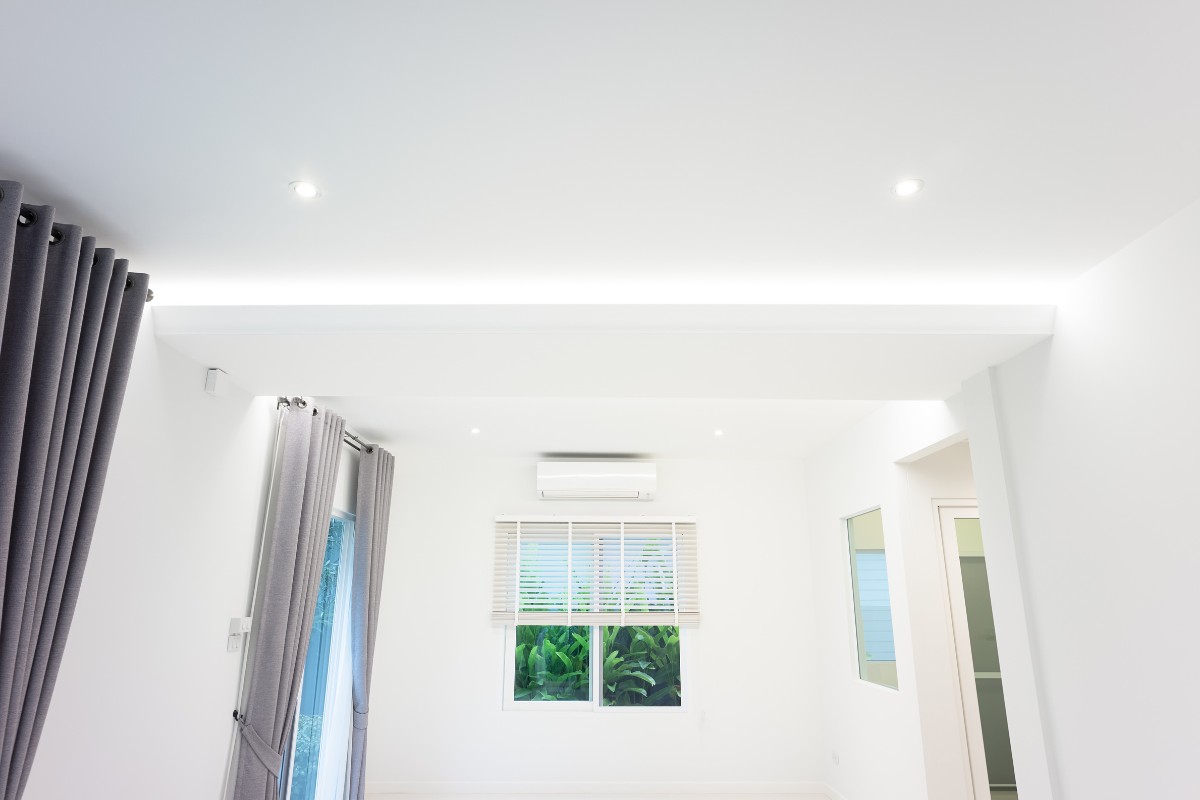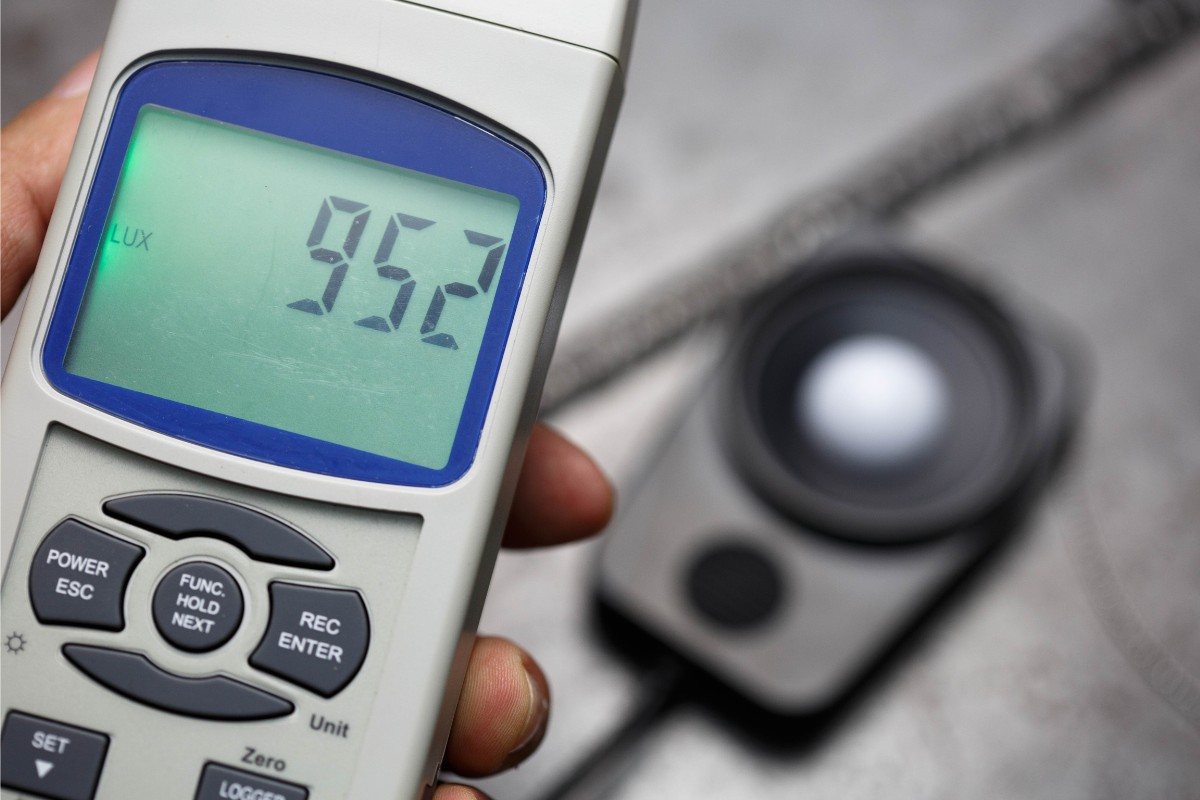What is Direct Glare
Direct glare is a visual sensation caused by excessive and uncontrolled brightness in one’s field of view. It occurs when there is a significant contrast in brightness between different objects, resulting in a strong glare that can impede a person’s ability to perceive details and objects clearly. This type of glare is typically associated with high luminances or insufficiently shielded light sources, such as bright luminaires, ceilings, or windows, that are outside the visual task or region being viewed. It can also be caused by the direct visibility of the sun in front of a person’s eye.
Looking For Motion-Activated Energy-Saving Solutions?
Contact us for complete PIR motion sensors, motion-activated energy-saving products, motion sensor switches, and Occupancy/Vacancy commercial solutions.
Direct glare can have a significant impact on visual comfort and performance. It is important to minimize direct glare in lighting design to ensure optimal visibility and reduce visual discomfort. By properly shielding light sources and controlling luminance levels, designers can create a more visually comfortable environment that enhances the overall visual experience.
Frequently Asked Questions
What Is the Difference Between Direct Glare and Reflective Glare
Direct glare refers to the glare that occurs when the viewer looks at the ceiling area in front of them at angles shallower than 45°. On the other hand, reflective glare is the type of glare that directly affects the viewer’s vision in front of them, typically caused by luminaires in the ceiling area. It is important to note that reflective glare on screens is a specific instance of this type of glare.
What Causes Direct Glare
Direct glare occurs when an individual looks directly at a strong light source, such as a lamp or LED chip. This can result in discomfort and visual impairment. Reflected glare, on the other hand, is caused by light reflecting off highly reflective surfaces like computer screens or glossy surfaces.
What Is the Difference Between Brightness and Glare
Glare can be described as a difference in brightness. To minimize glare, one can either increase the brightness of darker areas when they contrast with brighter objects or decrease the brightness of bright areas, such as a source of light or its reflection in the field of vision.
What Type of Light Bulb Reduces Glare
As the most energy-efficient option available, LED bulbs and fixtures are highly effective in reducing glare and enhancing visual clarity within a room.
What Is It Called When You See Glare Around Lights
Seeing halos around lights is a phenomenon known as diffraction. Diffraction occurs when light bends as it enters the eye. While glasses and contact lenses can sometimes cause diffraction, it can also be a side effect of certain diseases.
What Eye Condition Causes Lights to Glare
Astigmatism is an eye condition that can result in blurry or distorted vision, headaches, and eyestrain. Individuals with astigmatism may experience increased glare around lights at night, leading to challenges while driving.
How Can I Reduce Glare Naturally
Consider adjusting the lighting in your space to reduce glare naturally. Instead of relying solely on overhead lights, try turning off some or all of them. If you require additional lighting for tasks like writing or reading, opt for an adjustable desk lamp. Additionally, make sure to close blinds or shades to minimize outside light sources. It is also advisable to avoid positioning your monitor directly in front of a window or white wall. Lastly, consider using an anti-glare cover for your screen to further reduce glare.









